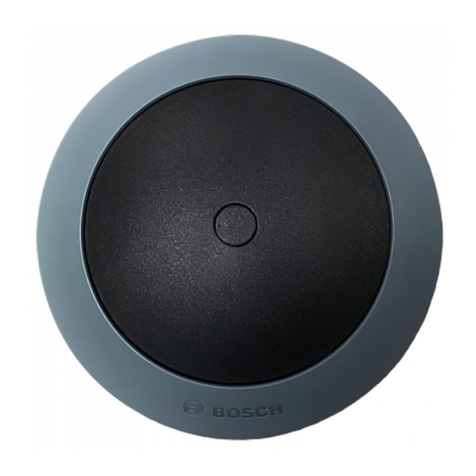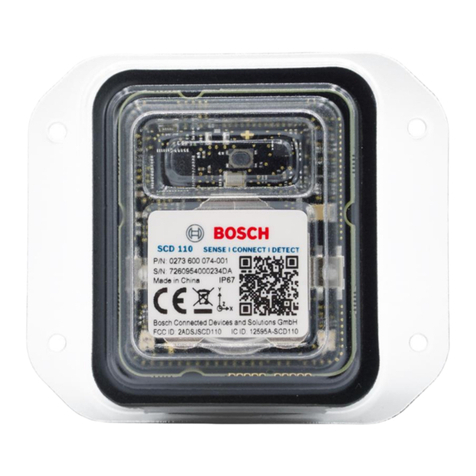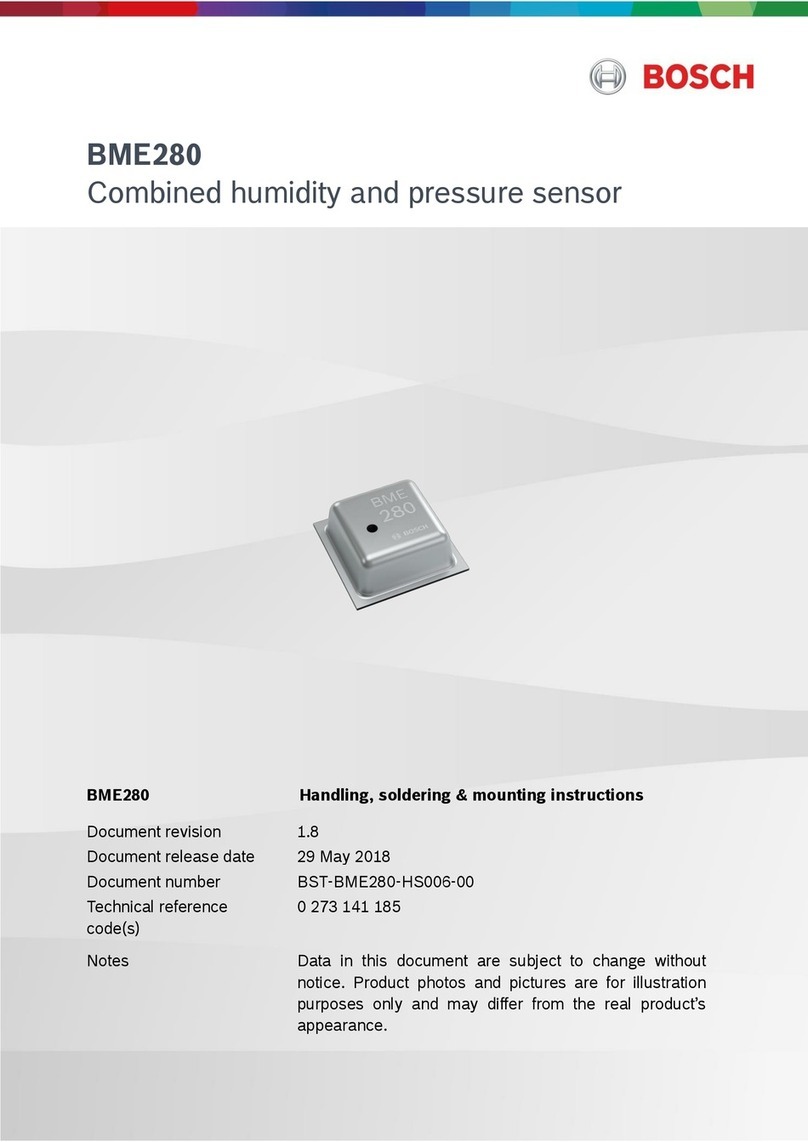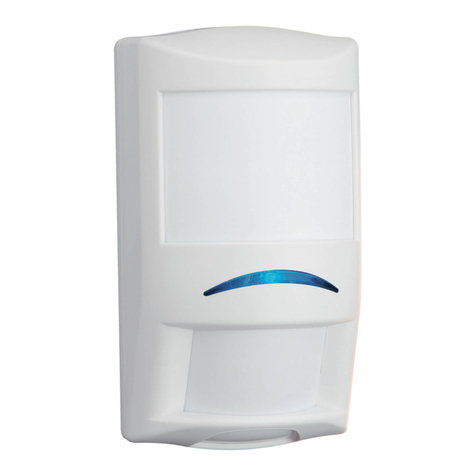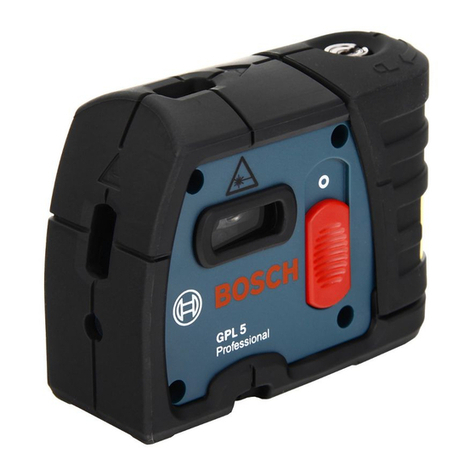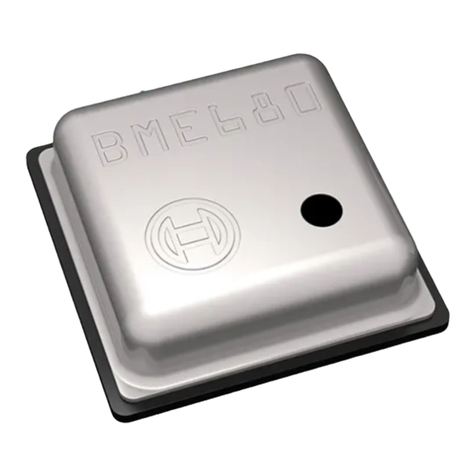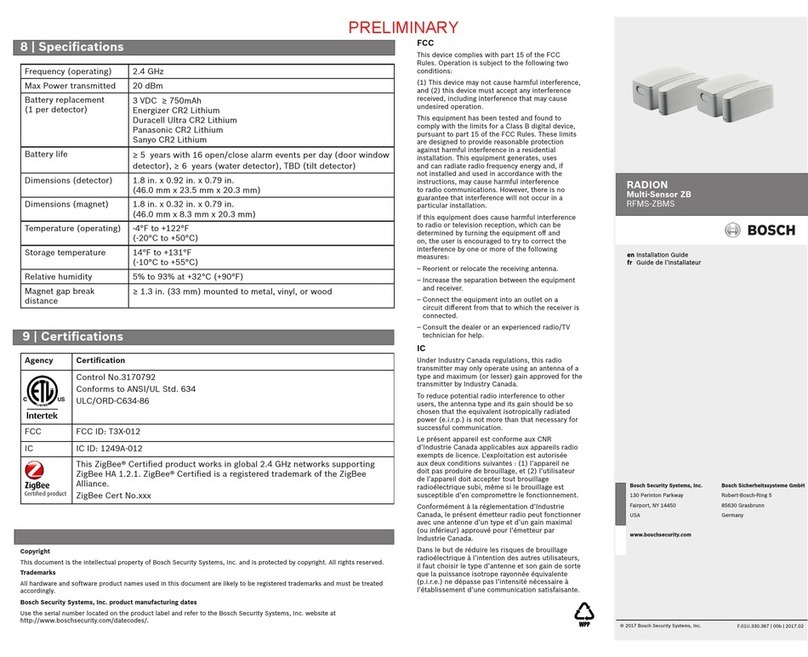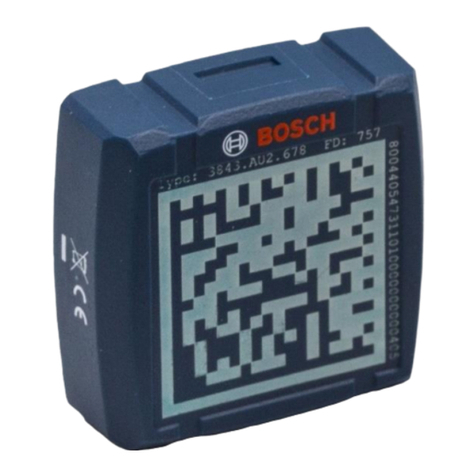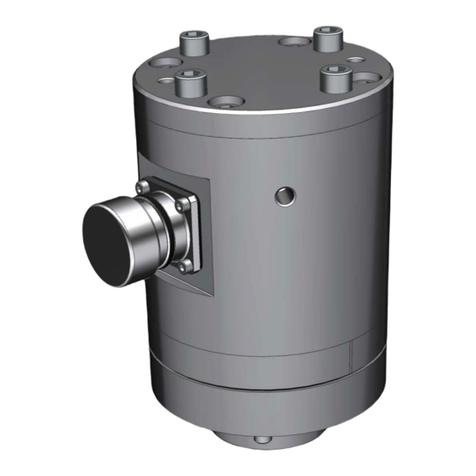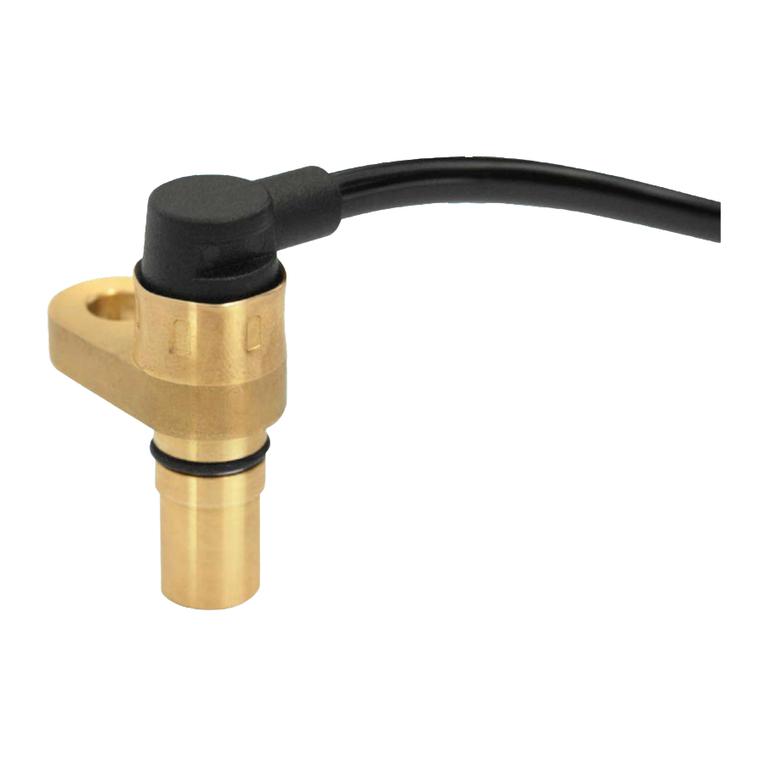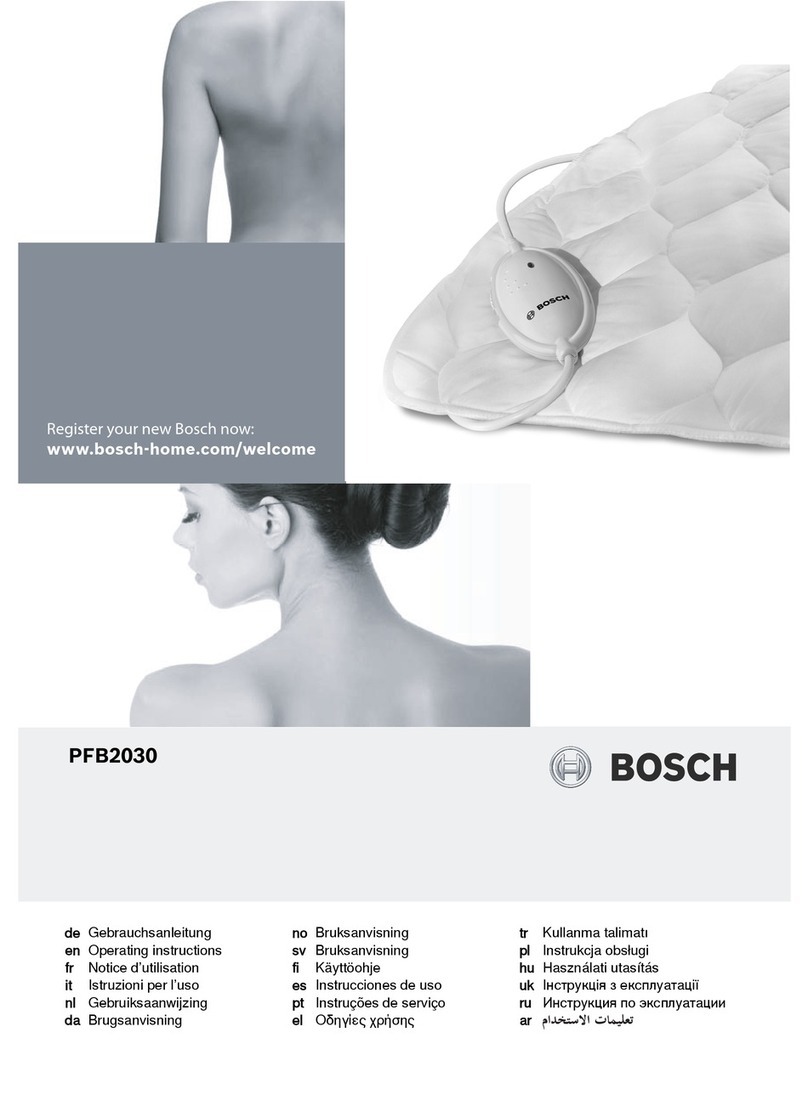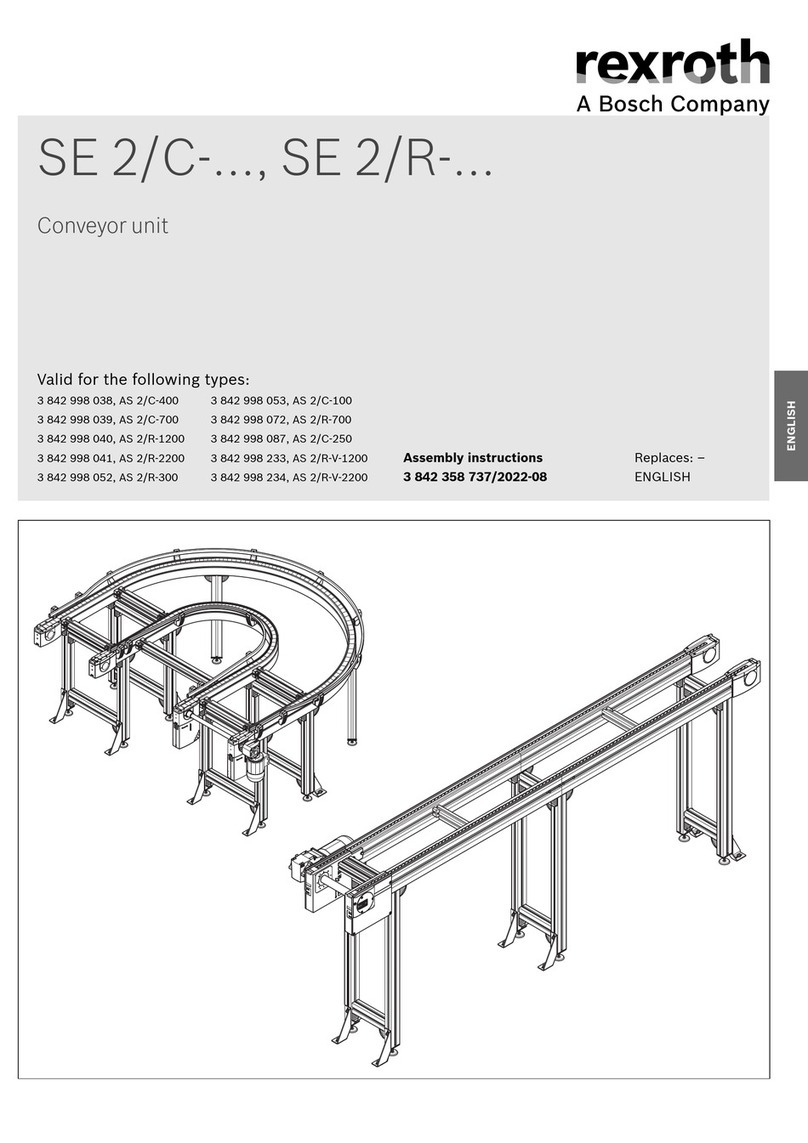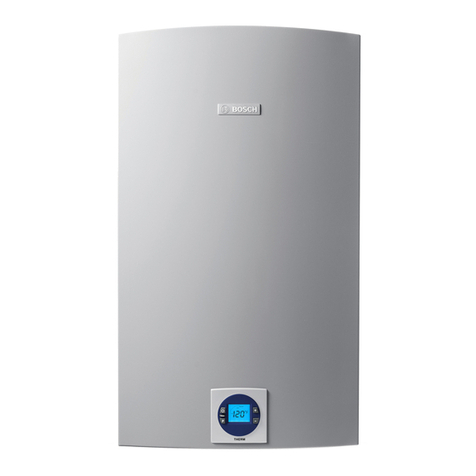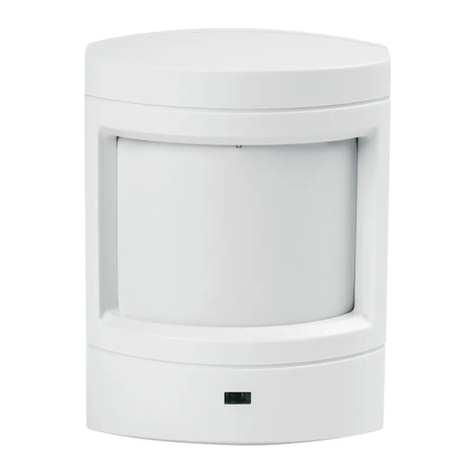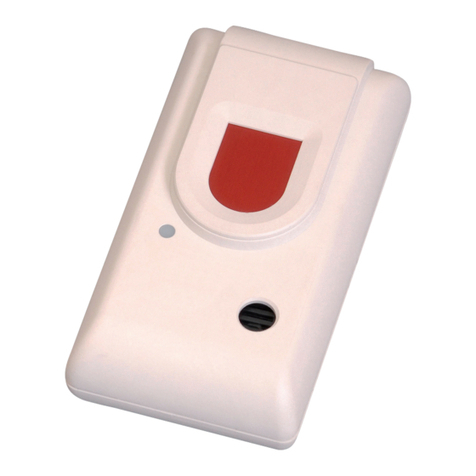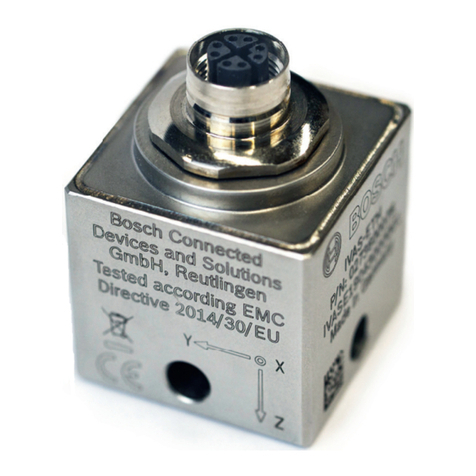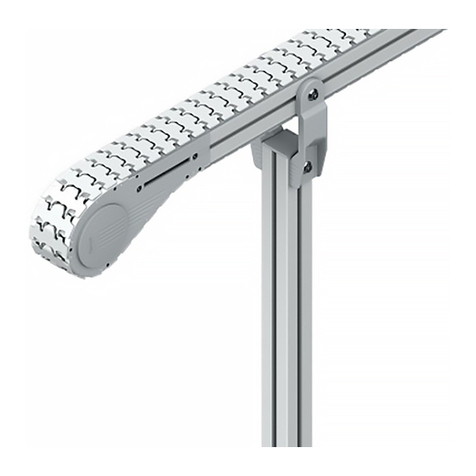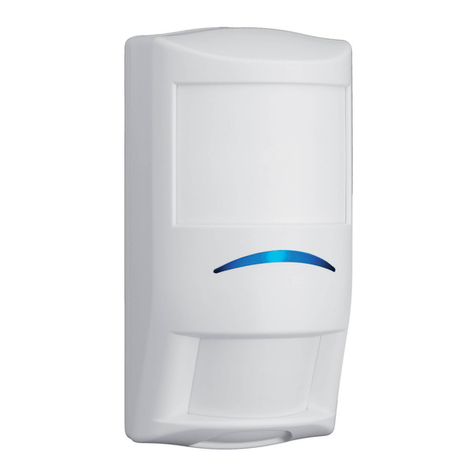
20 December 2021
avoid the collision. If the system detects that the driver has failed to apply sufficient brake force,
it increases the braking pressure to the required level so that the driver can attempt to bring
the vehicle to a standstill before a collision occurs.
If the driver fails to react to the immediate risk of collision, and the predictive emergency
braking system detects that a rear-end-collision is unavoidable, it can – working conjunction
with a video camera – automatically initiate full braking. As a result, the vehicle is traveling at
significantly reduced speed when the collusion occurs, reducing the severity of the crash for
the passengers of both vehicles.
If the predictive emergency braking system detects that the distance to a moving or stationary
vehicle in front is becoming critically short at a vehicle speed below 30km/h (18mph), it
prepares the braking system for a potential emergency braking procedure. If the driver fails to
react to the critical situation, the system can automatically initiate full braking in an attempt to
prevent the collision. If the rear-end collision is unavoidable, this action can at least minimize
the severity of the collision, reducing the risk of injury to the passengers of both vehicles.
Heading distance indicator
This function measures the distance from the vehicle ahead and, depending on the speed at
which the vehicle is travelling, warns the driver when the safe distance from the vehicle in front
is not being maintained. The function does not intervene independently, but instead informs
the driver of the distance from the vehicle in front via a visual and/or audible signal.
Sensor data fusion
The FR5CUEC can utilize sensor data fusion without the need for additional hardware. Sensor
data fusion combines the benefits of different sensors and measuring principles in the most
effective way possible, providing data that individual sensors working in isolation are unable to
generate. Fusion of multiple sensors increases the measurement range, reliability and
accuracy.
Video sensors, such as the multi-purpose camera or the stereo video camera from Bosch, are
the ideal supplement to radar technology. Using powerful software algorithms, the fusion of
sensor data generates an extremely detailed “image”, which forms the basis for a powerful
interpretation of the vehicle`s surroundings.
Sensor fusion enables the implementation of additional assistance and safety functions, such
as pedestrian protection (“AEB Pedestrian”). The function for predictive pedestrian protection
meets the safety requirements as specified by Euro NCAP.
It continually monitors, in combination with a video camera, the area in front of the vehicle in
order to detect impending collisions with pedestrians who are in the path of the vehicle or
moving toward it in a way that is likely to present a risk. If the function detects that pedestrians
